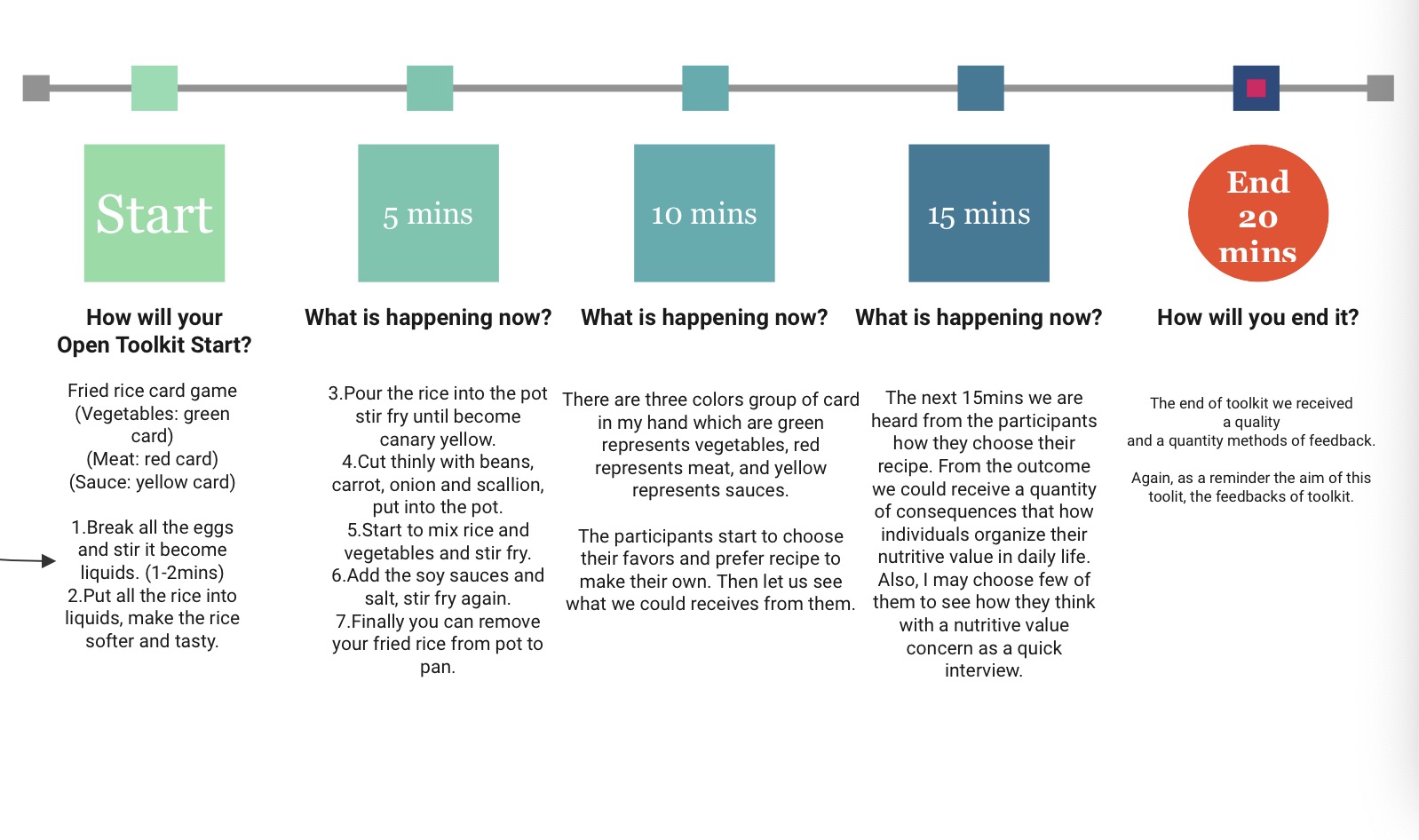‘Dialogic art’
‘Unconference’ that combines presentations with responsive discussion. One of the most obvious feature of a unconference is which there is no author or the authored; everyone is a participant. These include the material and conceptual organising creative ideas and cultural production linked to four elements: participation and collaboration, process and outcome. What we need to documented in these two weeks as a ‘barcamp’ which explored “dialogic art through a dialogue that moves amongst their respective points of view, the epistemological foundation of this ‘barcamp’ can be defined as dialogic because it understands knowledge as arising from social relations and enacted through intersubjective exchange. ” (Bradfield, 2013)
Barcamp as concerned as heterogeneous becoming achieved through dialogic exchange. A fruitful collaboration combined with different subject matter related to cooking, weaving, drawing, photographing and communicating and sharing stories. Bringing together different toolkits into a common idea is that our basho has been discussing over the past two weeks. Finally, our basho takes the way of perceiving the world as the concept integrated with our basho.

Description of the experience:
We ran everyone’s toolkit as a basho this Thursday. Everyone’s toolkit was interesting, the steps were clear, and the instructions were followed step by step. When running each toolkit, everyone would share their feelings or ideas with each other, and communication was very easy in an open communication environment located in classroom in Hunter building.
I turned my toolkit into a kind of card game, where each participant could choose their favorite flavor, different vegetable or meat food, and then after writing it, each participant would evaluate their own recipes among themselves, and then they would receive the recipes of others and ask them to comment on whether the recipes were nutritionally balanced or not, and if they are not do they have any suggestions.
Feelings and thoughts about the experience:
I was deeply impressed by the story sharing toolkit and photo taking toolkit. I shared a story from my childhood, which reminded me of some good memories with my friends. Whether it is music, photos or stories, they all record the different ways of perceiving the world and the joys and sorrows of humanity.
Evaluation of the experience:
Each toolkit is for each participant to complete their own work. If all participants can interact to complete artwork collaborate together, the interaction of the cultural environment and individual initiative will be enhanced.
Conclusion:
To summarize, freedom zone is significant contributed into contemporary art practice, similarly, what we are learned in themes of ‘play’ or themes of ‘common’ related to ‘rules of score’ and ‘culture cluster’. Moreover, from traditional art to contemporary art, the transformation of art forms reflects the aggregation of a culture, the diversity of a nation, and the development of future art.
Action plans:
Reflection on how to improve the toolkit interaction on 1st December. Consider eliminating some conversations and comments and adding a fun physical interaction session within 20 minutes. In addition to having participants make their own recipe, the next session involves interacting with other people in different color groups to make a new recipe when they get a color group card.
References:
Bradfield, Marsha (2013) Utterance and Authorship in Dialogic Art: or An Account of a Barcamp in Response to the Question, ‘What is Dialogic Art?’. PhD thesis, University of the Arts London.



s2298567
BarCamp was well explained in your blog, and you used Gibb’s reflective cycle to write about your toolkit. Finally, in the Edinburgh Sculpture Studio, you used cards to show different condiments and ingredients, which I thought was a very interesting experience.
s2341902
Tianai’s toolkit is very engaging, not only does it incorporate current health concerns but it is also very interactive and communicative.